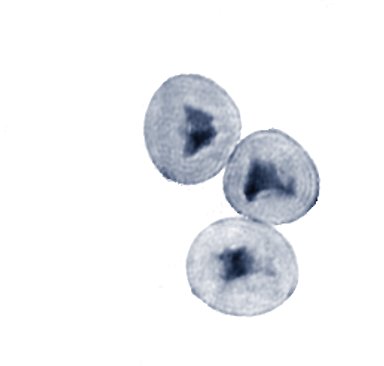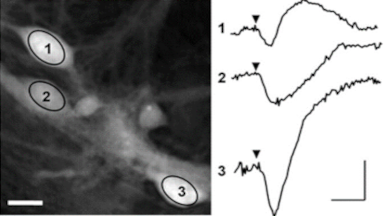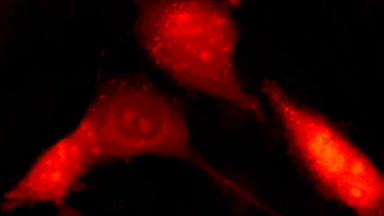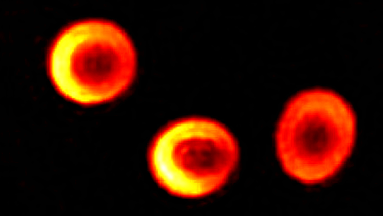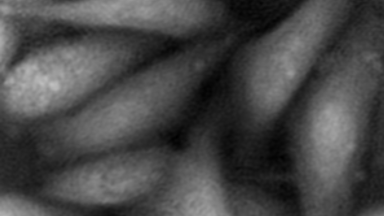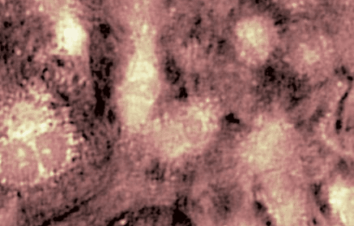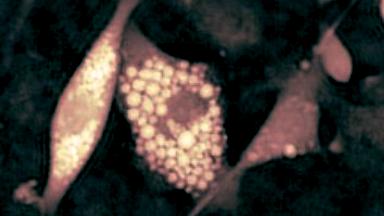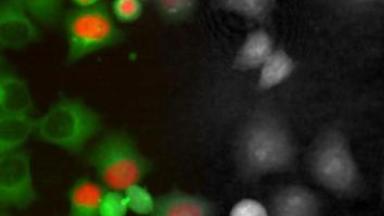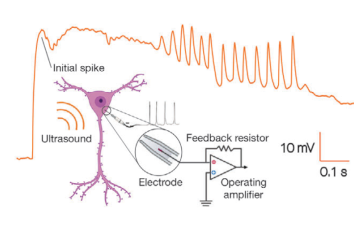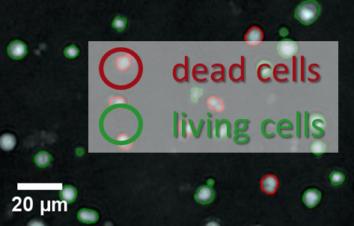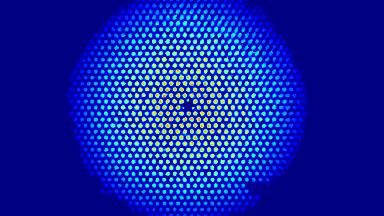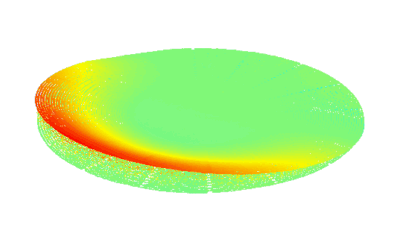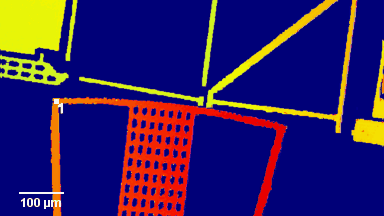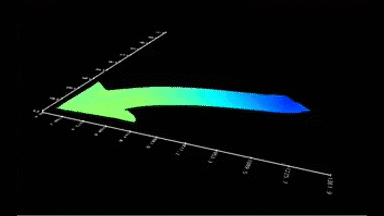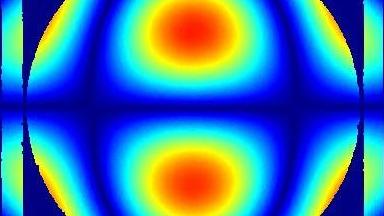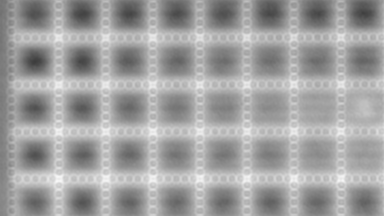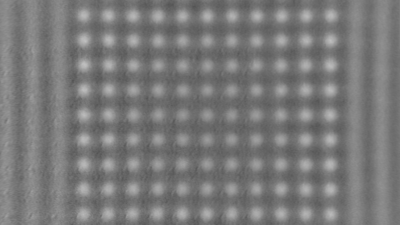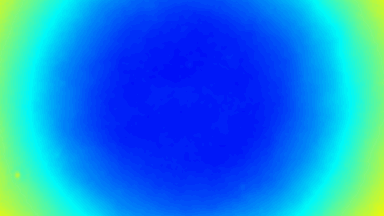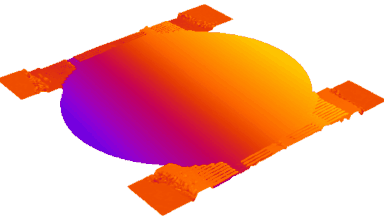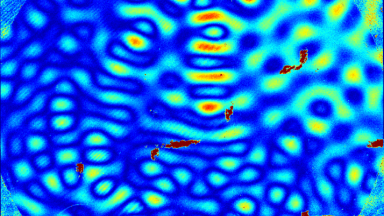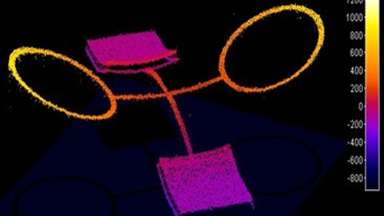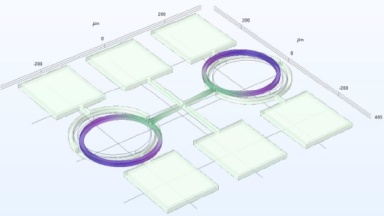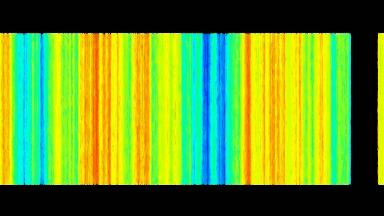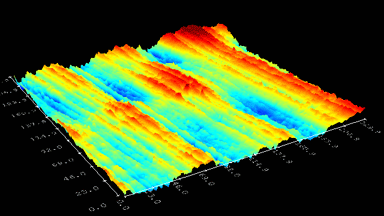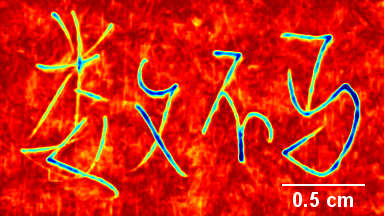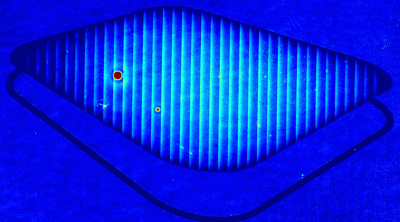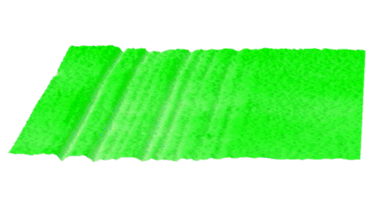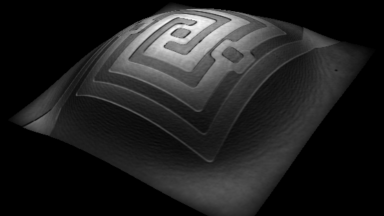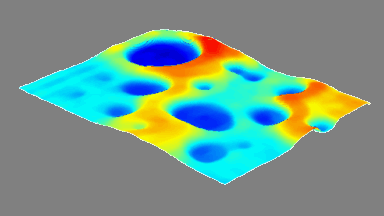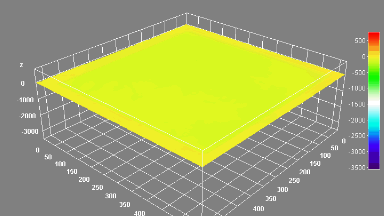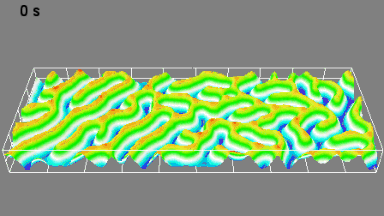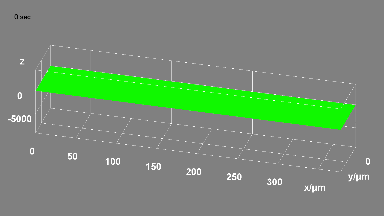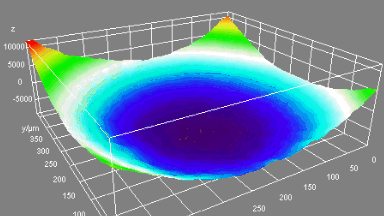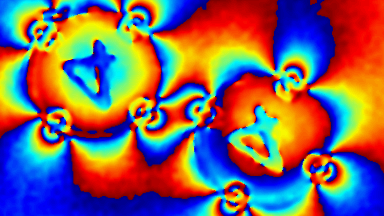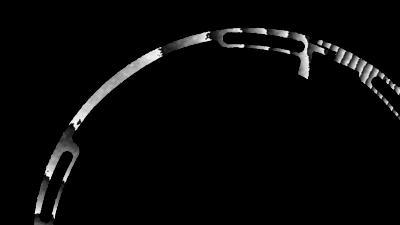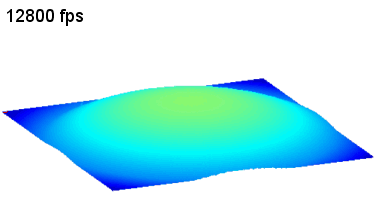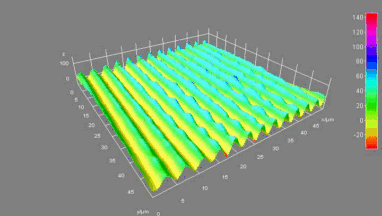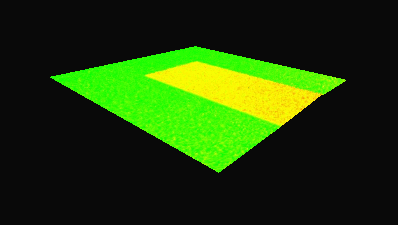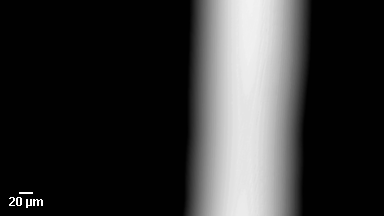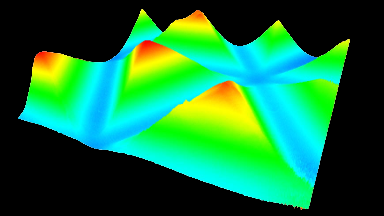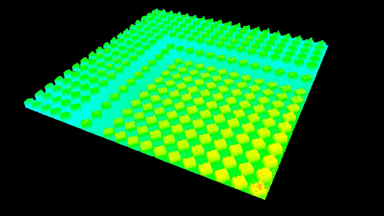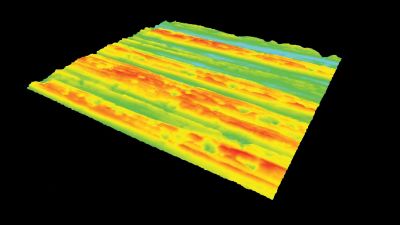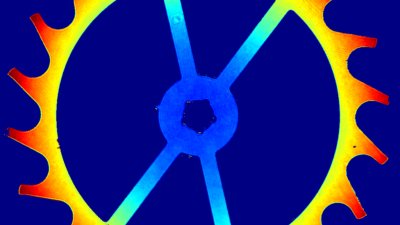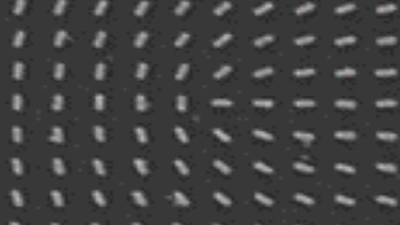4D Cell Imaging
Description
4D cell imaging allows to study dry mass production rate and the dry mass surface density in wild-type and mutant fission yeast cells. It demonstrates the applicability of DHM® as a tool for label-free quantitative analysis of the cell cycle.
Material and methods
- Cells: S. pombe were grown according to standard methods in Y5 complete medium to early log-phase
- DHM® solution: Quantitative Phase Microscopy (QPM) by DHM T1000
- Method: DHM® for QPM data and Barer law for dry mass production rate and dry mass surface density measurement
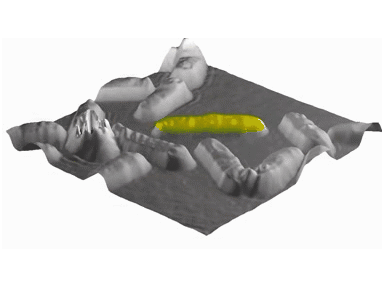
Results
Quantitative Phase Microscopy (QPM) solution by DHM® enables to study the dry mass production rate and dry mass surface density through the cell cycle of wild-type and mutant yeasts at the single-cell level in a non-invasive manner. It shows that the dry mass production rate of the mutant and wild-type cells are significantly different, and the wild-type dry mass surface density shows a specific pattern resulting from the cytokinesis process, which is absent in the mutant. Dry mass accumulation can be combined with other parameters easily measured by DHM®, e.g. the volume and refractive index, to provide a better understanding of the cell cycle.
Publication
Description
Quantitative Phase Microscopy (QPM) solution by DHM® is used for cell analysis and recognition. A practical application is demonstrated on pollen particles.
Material and methods
- Cells: Pollen particles samples, with size ranging between 20 μm and 30 μm for three different pollen types: birch, yew and dandelion
- DHM® solution: Quantitative Phase Microscopy (QPM)
- Method: QPM data acquired by DHM® T1000. Classification by direct measurements and adaptive algorithms performed on QPM data
Results
The ability of the QPM solution for cell analysis and recognition is demonstrated for pollen particles cells identification. It could be applied to other type of cells, not only vegetable but also mammalian.
